Stay in Scotland’s oldest inhabited house
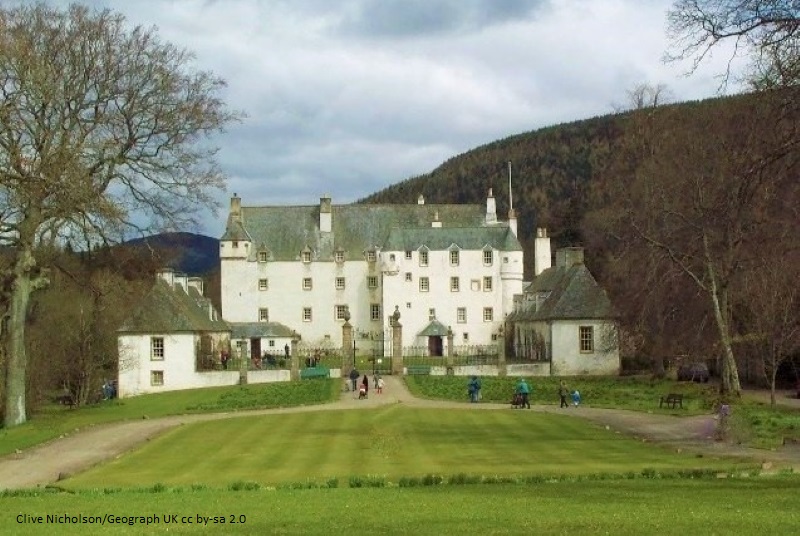 Originally a hunting lodge for the kings and queens of Scotland, Traquair House is located in the Scottish Borders Region near Innerleithen not far from the border with England. It is a fifteen minute drive from Peebles and just over an hour from Edinburgh and is Scotland’s oldest continuously inhabited house.
Originally a hunting lodge for the kings and queens of Scotland, Traquair House is located in the Scottish Borders Region near Innerleithen not far from the border with England. It is a fifteen minute drive from Peebles and just over an hour from Edinburgh and is Scotland’s oldest continuously inhabited house.
For nearly a thousand years Traquair House has been home and playground to the nobility of Scotland. It was a refuge for Catholic priests in times of persecution and the Stuarts of Traquair supported Mary, Queen of Scots and the Jacobite cause without thought of themselves – and they were fined and imprisoned for their beliefs. It is also unique in Scotland as being the only house which has caused a river to be moved! In the early 1600s Traquair House was in danger of being undercut by the River Tweed so the Lord of Traquair changed its course. The Tweed now runs further north than it originally did.
There has been a house of some description at Traquair since at least 1107 but the impressive-looking building now occupying the site was built as a fortified mansion house. The current Laird of Traquair is Catherine Maxwell Stuart, 21st Lady of Traquair and the house is now run as a unique venue for weddings, corporate and other events, private dining and vacation stays. Added to and extended throughout the centuries the house is a fascinating historical archive and an unforgettable tourist destination for anyone visiting the area.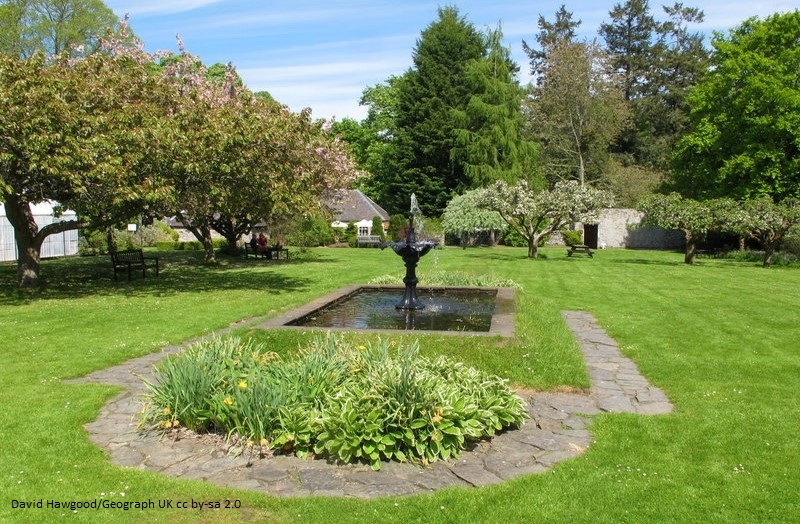
As you enter the house you will find a stone spiral staircase giving access to the drawing room, the bedrooms, the library and a small museum and as you ascend the spiral staircase keep in mind that you are following in the footsteps of the kings of Scotland and the cream of Scottish nobility.
Visitors can take a tour through rooms each of which adds an individual touch to the atmosphere of the house. Everywhere are portraits, embroideries, paintings, old prints, maps and relics illustrating the history of the house. The ground floor gives access to vaulted cellars and the still room which houses a fine collection of china.
When you have completed your tour of the house you might turn your attention to the extensive grounds within which you will find the half-acre maze, the craft workshops, the 1745 Cottage Restaurant (in the walled garden) and the Traquair House Brewery which produces the world-famous Traquair House Ales – well worth a taste if you are a connoisseur of traditional ales! The gift shop has a selection of Traquair ales as well as a range of other typical tourist-type gifts and souvenirs.
Traquair House is also a place for a truly unique and romantic wedding! It has its own chapel and is licenced for both religious and civil ceremonies offering a choice for couples of being married in the House itself or in certain parts of the extensive grounds. After the ceremony a small reception can be held in the main house; and larger events, complete with a marquee, can be held in the gardens.
Traquair House has an interesting historical connection with the United States of America. In 1770 Lady Christina Stuart, eldest daughter of 6th Earl of Traquair, married a young Virginian, Cyrus Griffin, who was studying law at Edinburgh University. In 1773 the couple left for America where Cyrus was to become one of the Founding Fathers.
Traquair House offers bed-and-breakfast accommodation in the main building in one of three sumptuous bedrooms – the Blue Room (overlooking Cupid’s Garden), the Pink Room (overlooking the maze) and the White Room (with a view of the Bear Gates). All of these double bedrooms are furnished with antique furniture and canopied beds and have luxury private bathrooms.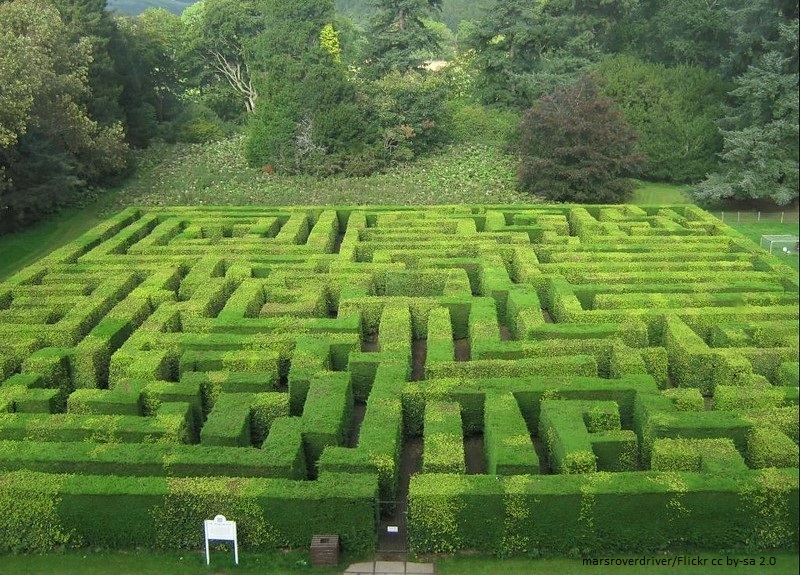
The Traquair Estate also offers self-catering accommodation for family groups in the nearby Howford House. This Georgian-style country house has nine bedrooms and five bathrooms and is just a 10-minute walk from Traquair House. Recently renovated and furnished in an antique style and complete with its own tennis court this house offers a luxury stay for larger groups.
If you time your visit to coincide with the Traquair Medieval Fayre (Scotland’s only authentic medieval fayre) which takes place on the last weekend in May or the Autumn Fayre, held on the first weekend in August, you will be sure of an entertaining stay.
No vacation trip to the Scottish borders is complete without at least a short visit to Traquair House and who knows, perhaps you will decide to stay a night or two and add your name to the long list of those who have stayed in Scotland’s oldest continuously inhabited house!
TAKE A LOOK INSIDE TRAQUAIR HOUSE – in a video with the current Laird of Traquair – Catherine Maxwell Stuart, 21st Lady of Traquair.
FOR FURTHER INFORMATION VISIT TRAQUAIR HOUSE WEBSITE
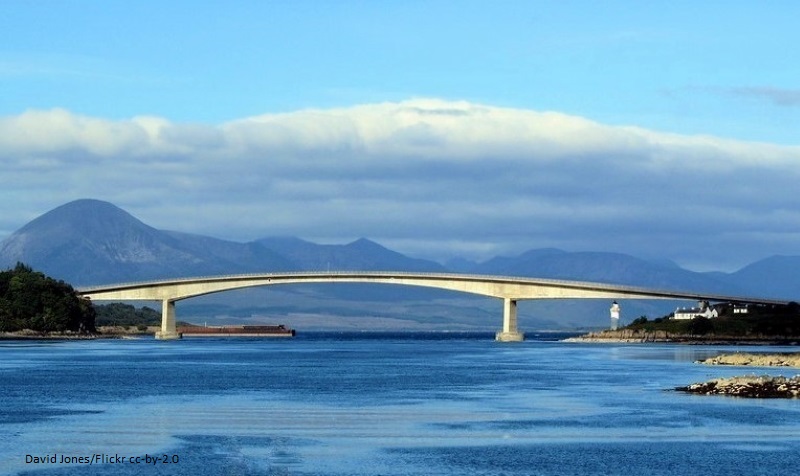
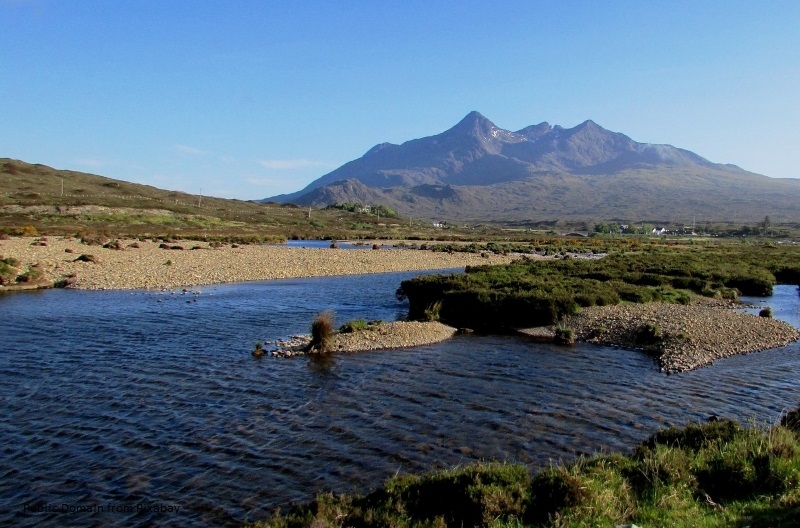
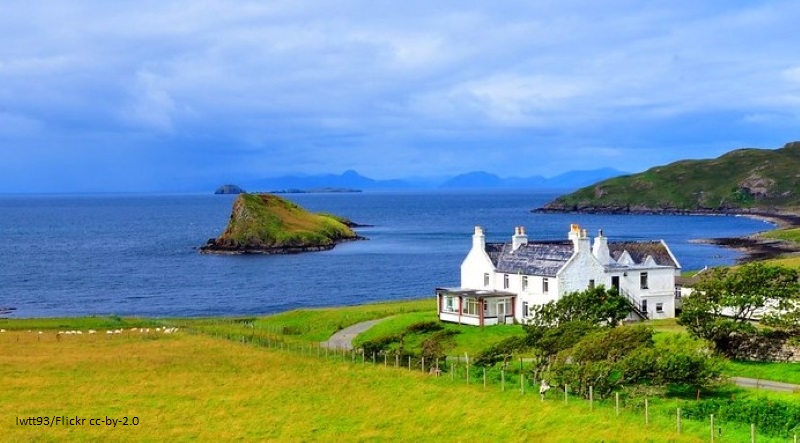
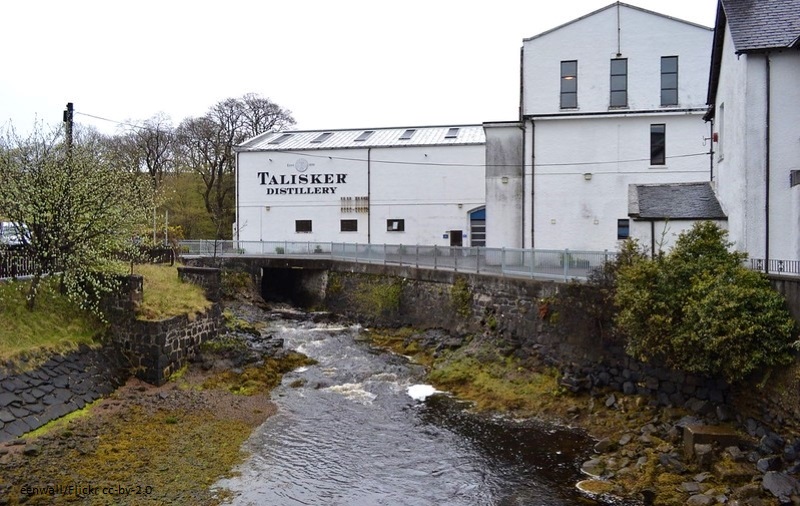
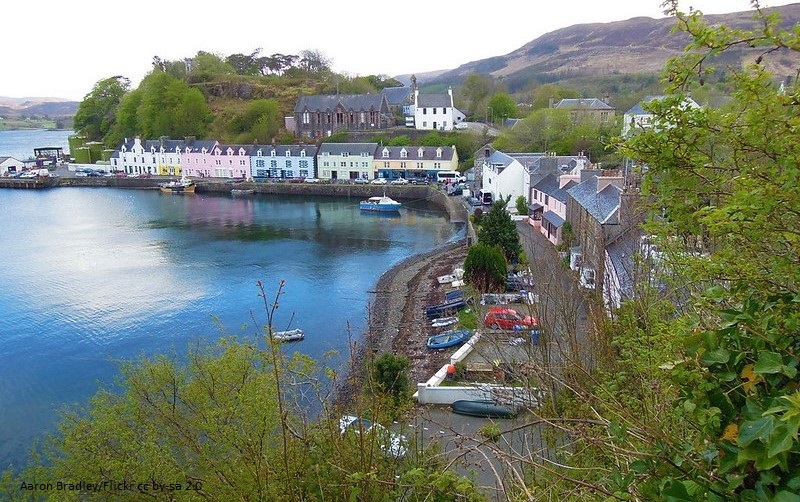
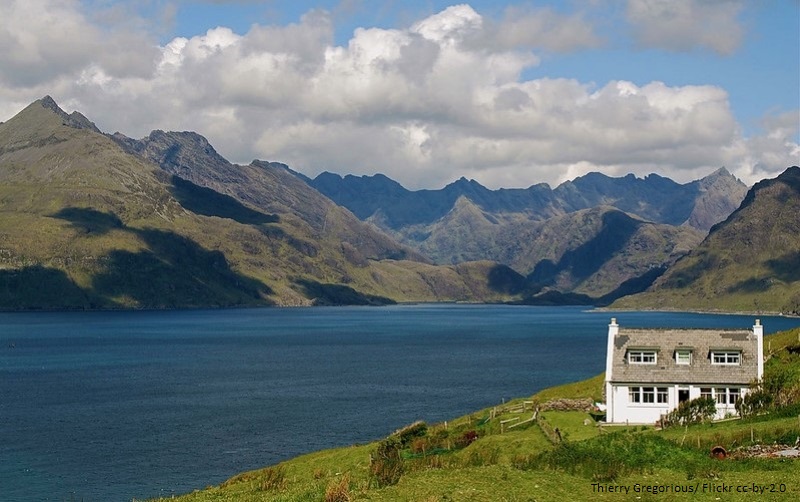
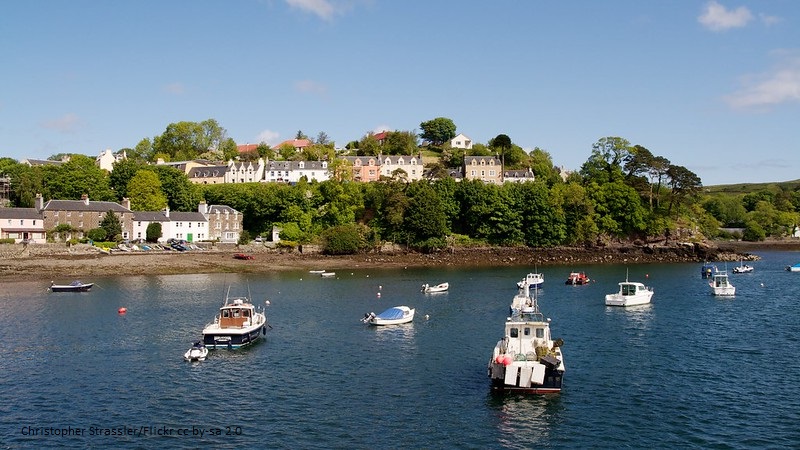






















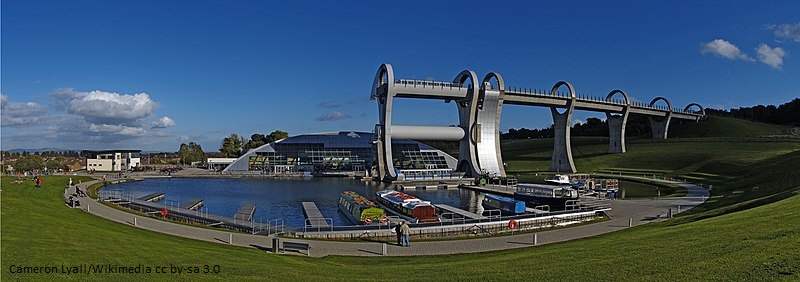
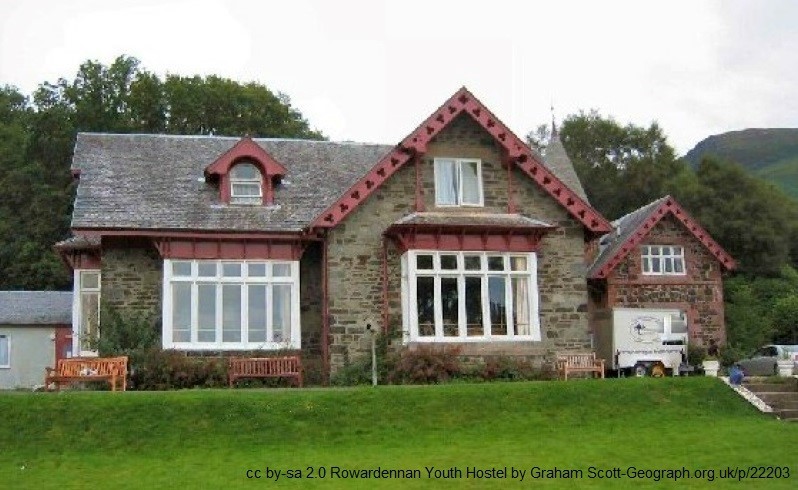 ‘’But’’, I hear you ask, ‘’aren’t youth hostels those smelly wooden huts with bunk beds?’’ Once upon a time they were but not any more! Many of today’s youth hostels are modern, comfortable buildings with full facilities, often with family rooms and Scotland has a vast range of hostels from basic to amazing! They offer varying facilities from economy dormitories to private rooms with en-suite facilities and are ideal for families, groups and individuals of all ages.
‘’But’’, I hear you ask, ‘’aren’t youth hostels those smelly wooden huts with bunk beds?’’ Once upon a time they were but not any more! Many of today’s youth hostels are modern, comfortable buildings with full facilities, often with family rooms and Scotland has a vast range of hostels from basic to amazing! They offer varying facilities from economy dormitories to private rooms with en-suite facilities and are ideal for families, groups and individuals of all ages.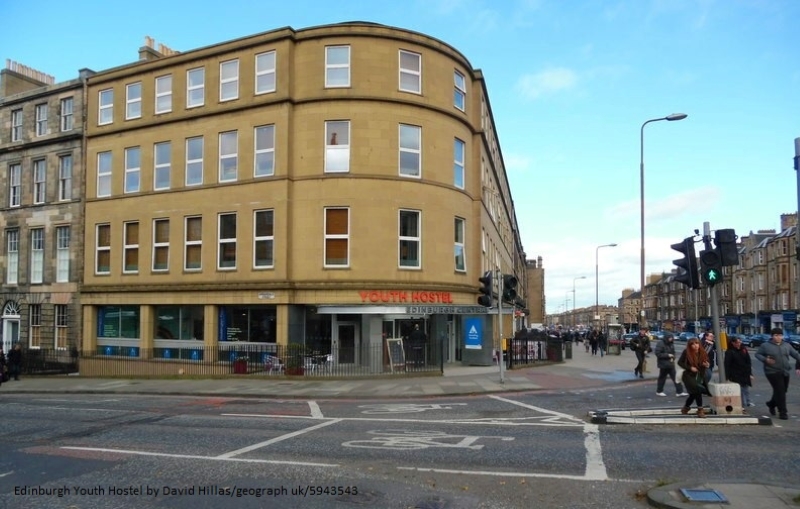 The Scottish Youth Hostels Association even have four-star rated hostels right in the middle of Scotland’s capital city of Edinburgh and another in Glasgow, Scotland’s biggest city, as well as first-class hostels in other cities. But be warned – not all SYHA hostels are easy to get to, some are located in very remote areas. Glen Affric Youth Hostel is eight miles from the nearest road and the only way to reach it is by hiking over the hills!
The Scottish Youth Hostels Association even have four-star rated hostels right in the middle of Scotland’s capital city of Edinburgh and another in Glasgow, Scotland’s biggest city, as well as first-class hostels in other cities. But be warned – not all SYHA hostels are easy to get to, some are located in very remote areas. Glen Affric Youth Hostel is eight miles from the nearest road and the only way to reach it is by hiking over the hills!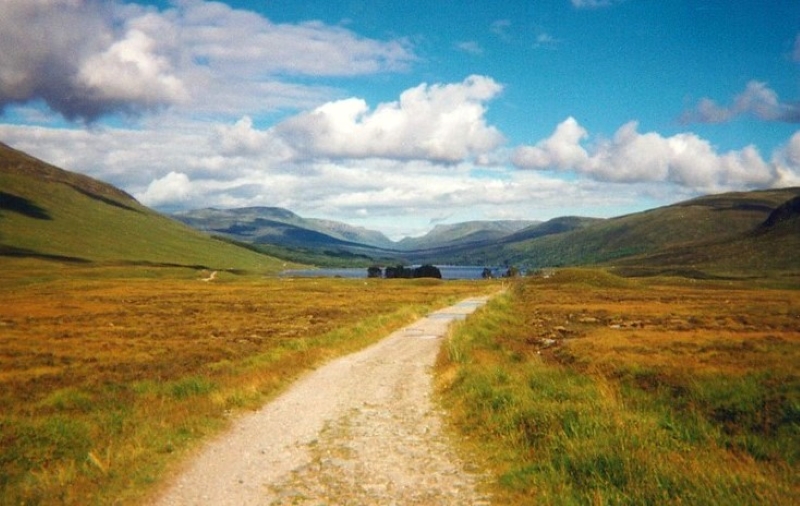
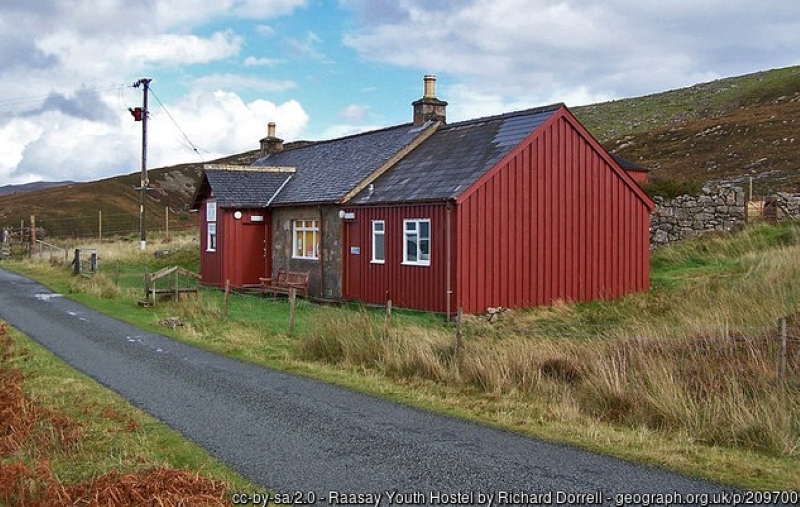
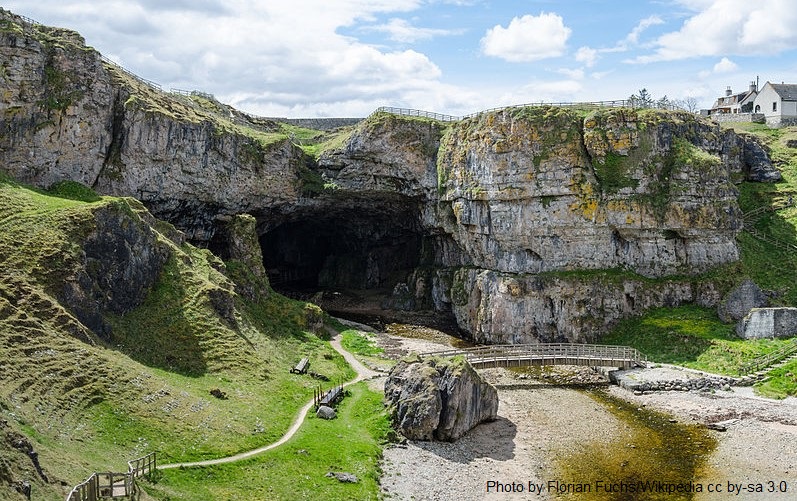

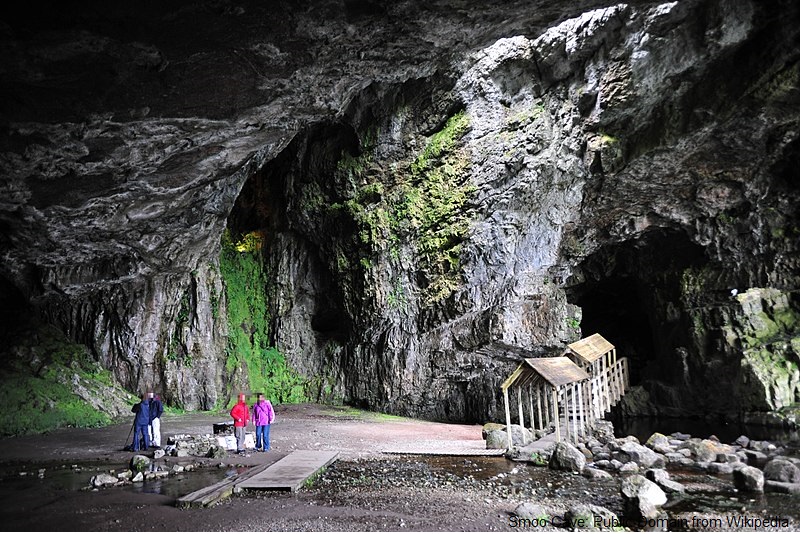
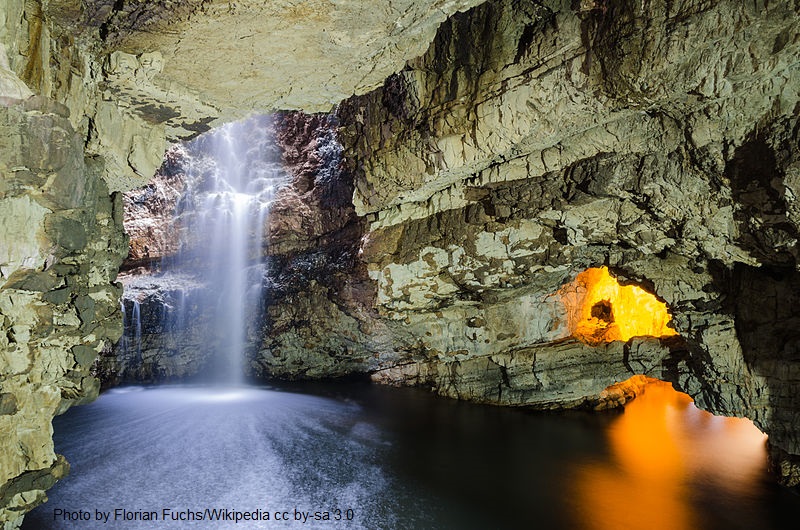 From the first chamber a walkway leads to the second chamber where you find the 60-foot waterfall of the Allt Smoo dropping into the cave through its sinkhole with a gushing roar – really spectacular after rain! This is as far as most visitors can go but, during the summer months when the water level is low enough, it is possible to take a boat tour to the third chamber which includes a short walk and an interesting talk on the geology of the cave. Both the second and third chambers were carved by the action of the Allt Smoo.
From the first chamber a walkway leads to the second chamber where you find the 60-foot waterfall of the Allt Smoo dropping into the cave through its sinkhole with a gushing roar – really spectacular after rain! This is as far as most visitors can go but, during the summer months when the water level is low enough, it is possible to take a boat tour to the third chamber which includes a short walk and an interesting talk on the geology of the cave. Both the second and third chambers were carved by the action of the Allt Smoo.
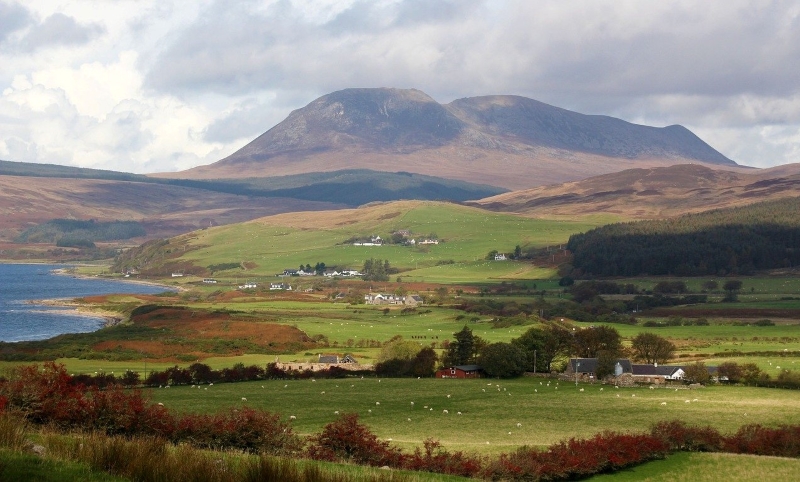 Many tourists who visit Scotland will want to spend a few days on one of the islands off the west coast. Known as the Hebrides. The most visited is probably the Isle of Skye (famous for the Cuillin mountains) since it has been connected to the mainland by a bridge since 1995 and it’s a simple matter to drive there.
Many tourists who visit Scotland will want to spend a few days on one of the islands off the west coast. Known as the Hebrides. The most visited is probably the Isle of Skye (famous for the Cuillin mountains) since it has been connected to the mainland by a bridge since 1995 and it’s a simple matter to drive there.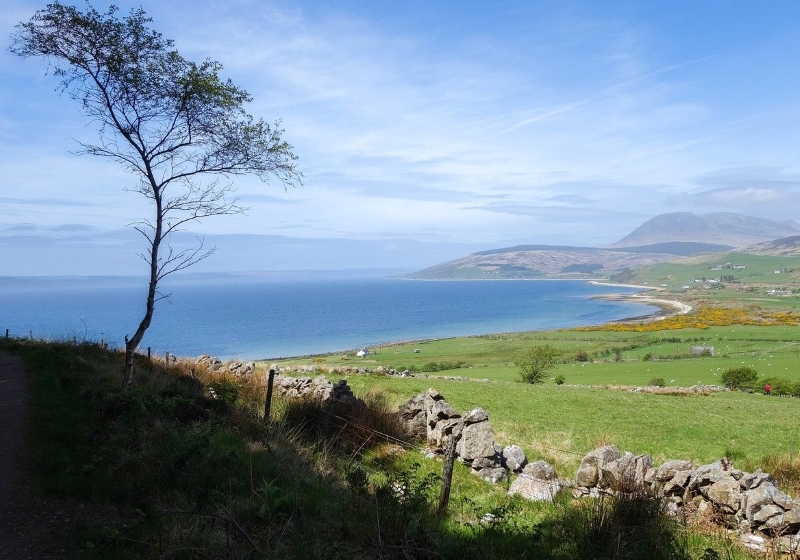 In the Firth of Clyde between the mainland and the long, southward-stretching tongue of the Kintyre peninsula lies the Isle of Arran. Scotland’s seventh-biggest island, Arran is also one of the most accessible of the west coast islands being close to the heavily-populated central belt and just a short ferry trip from the mainland. Arran has been continuously inhabited since the early Neolithic period and numerous prehistoric remains have been found. The island once belonged to Norway but is now firmly in Scottish hands!
In the Firth of Clyde between the mainland and the long, southward-stretching tongue of the Kintyre peninsula lies the Isle of Arran. Scotland’s seventh-biggest island, Arran is also one of the most accessible of the west coast islands being close to the heavily-populated central belt and just a short ferry trip from the mainland. Arran has been continuously inhabited since the early Neolithic period and numerous prehistoric remains have been found. The island once belonged to Norway but is now firmly in Scottish hands!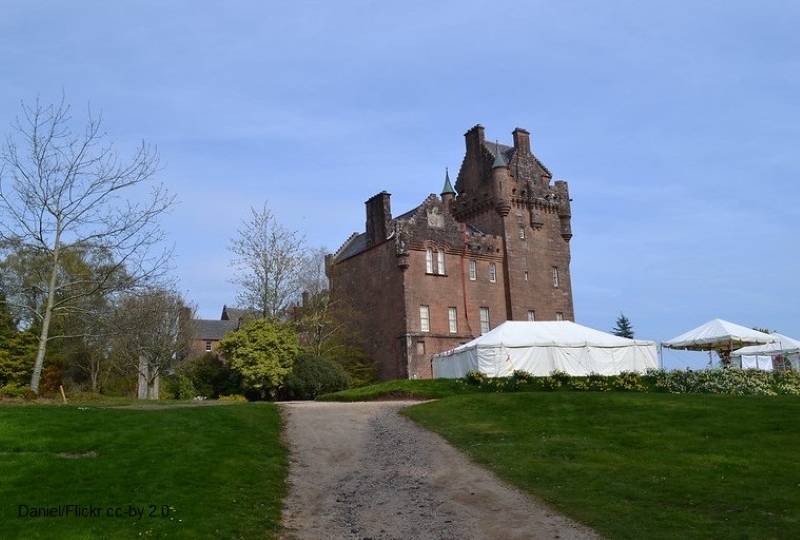 Arran’s main town. The crossing takes just under an hour and if you are travelling by car, advance booking is recommended. During the summer months, you can also sail from Kintyre to Lochranza in the north of the Island, a trip which takes only 30 minutes.
Arran’s main town. The crossing takes just under an hour and if you are travelling by car, advance booking is recommended. During the summer months, you can also sail from Kintyre to Lochranza in the north of the Island, a trip which takes only 30 minutes.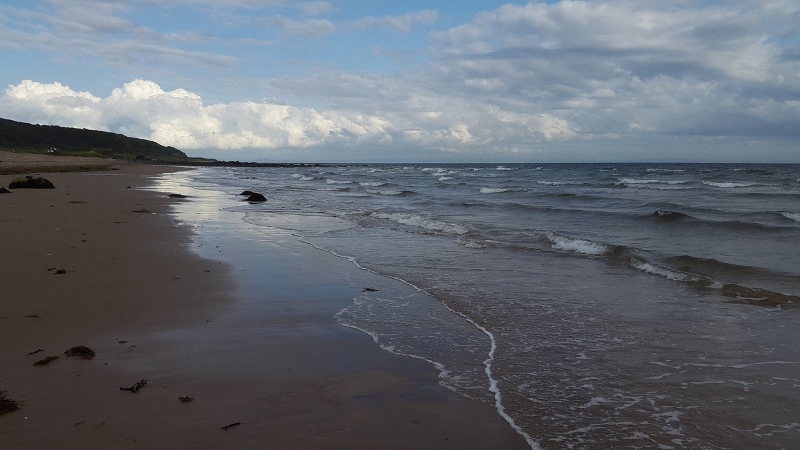 For the less energetic outdoor enthusiasts there is a plethora of paths, trails and walks of all lengths to explore, ranging from short and easy wanders along sandy beaches to longer and slightly more challenging routes. Whichever you choose, remember to dress appropriately and tell someone where you are going – just in case!
For the less energetic outdoor enthusiasts there is a plethora of paths, trails and walks of all lengths to explore, ranging from short and easy wanders along sandy beaches to longer and slightly more challenging routes. Whichever you choose, remember to dress appropriately and tell someone where you are going – just in case!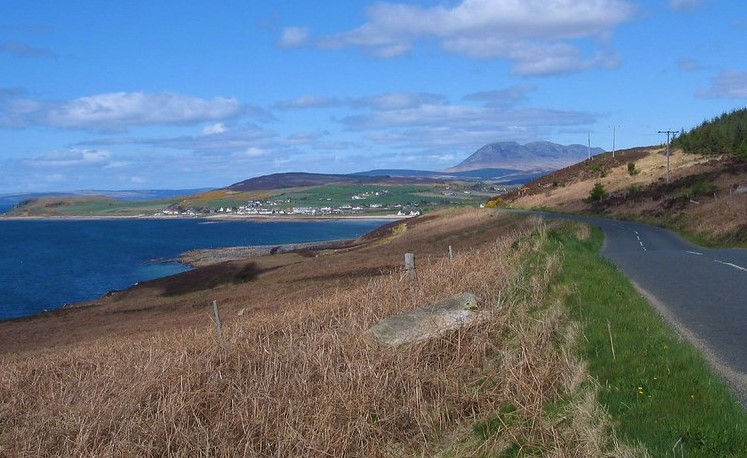
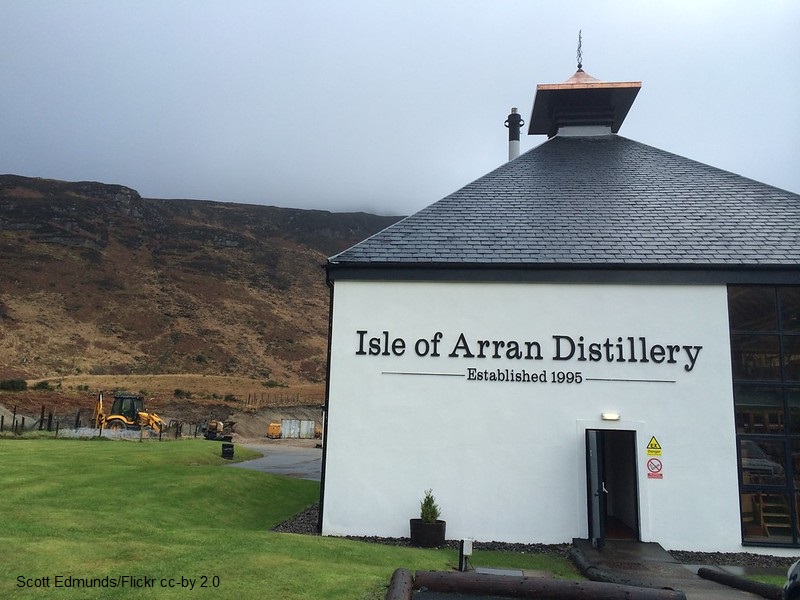
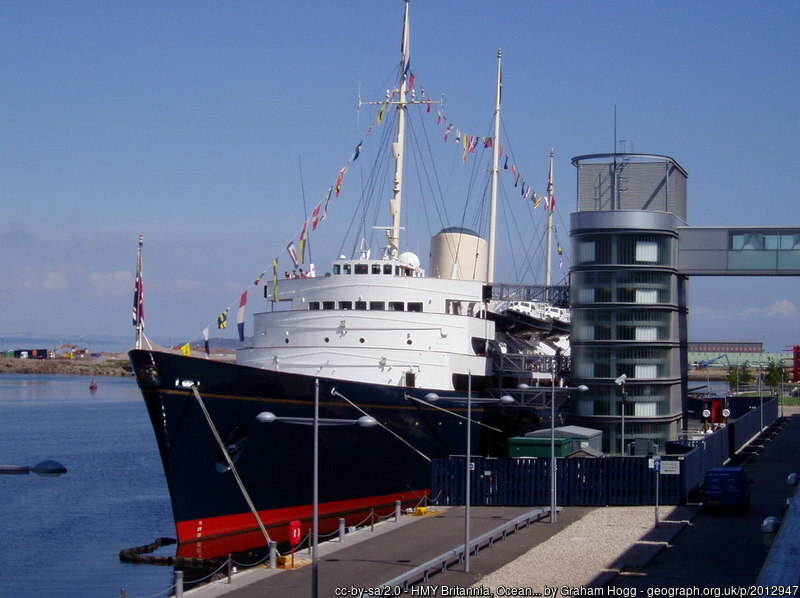 Coming to Edinburgh? No vacation trip to Scotland’s capital city would be complete without a visit to the Royal Yacht Britannia, one of Scotland’s most popular visitor attractions. Launched in 1953 Her Majesty’s Yacht Britannia (her proper name) was a much-loved favourite of Her Majesty Queen Elizabeth II and the British royal family for over 40 years and during her lifetime was probably the most famous ship in the world.
Coming to Edinburgh? No vacation trip to Scotland’s capital city would be complete without a visit to the Royal Yacht Britannia, one of Scotland’s most popular visitor attractions. Launched in 1953 Her Majesty’s Yacht Britannia (her proper name) was a much-loved favourite of Her Majesty Queen Elizabeth II and the British royal family for over 40 years and during her lifetime was probably the most famous ship in the world.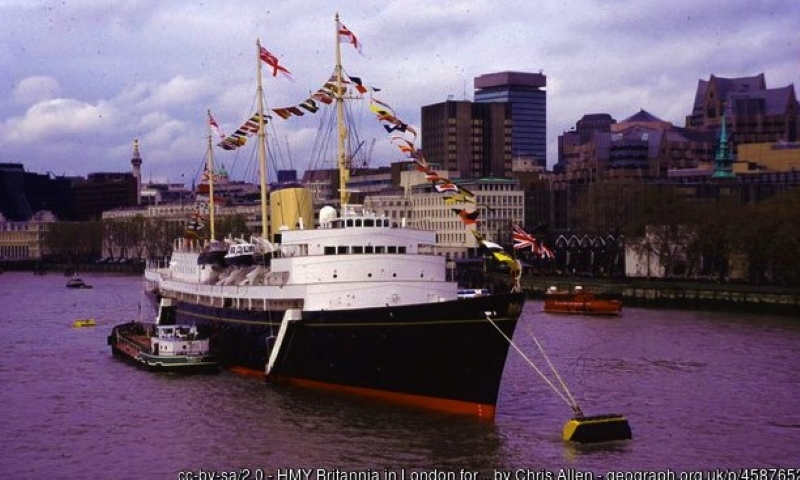 From her launch to her decommissioning in 1997 she travelled more than a million nautical miles on the high seas and during her career she was the scene of many official receptions and state visits to countries all over the world. She played host to many VIPs and heads of state, including several Presidents of the United States of America. In her role as a floating ambassador for Great Britain she helped to generate many billions of pounds in trade deals and was also used by the royal family as a holiday cruise ship. In 1981 when Prince Charles married the then Lady Diana Spencer they spent their honeymoon aboard her.
From her launch to her decommissioning in 1997 she travelled more than a million nautical miles on the high seas and during her career she was the scene of many official receptions and state visits to countries all over the world. She played host to many VIPs and heads of state, including several Presidents of the United States of America. In her role as a floating ambassador for Great Britain she helped to generate many billions of pounds in trade deals and was also used by the royal family as a holiday cruise ship. In 1981 when Prince Charles married the then Lady Diana Spencer they spent their honeymoon aboard her.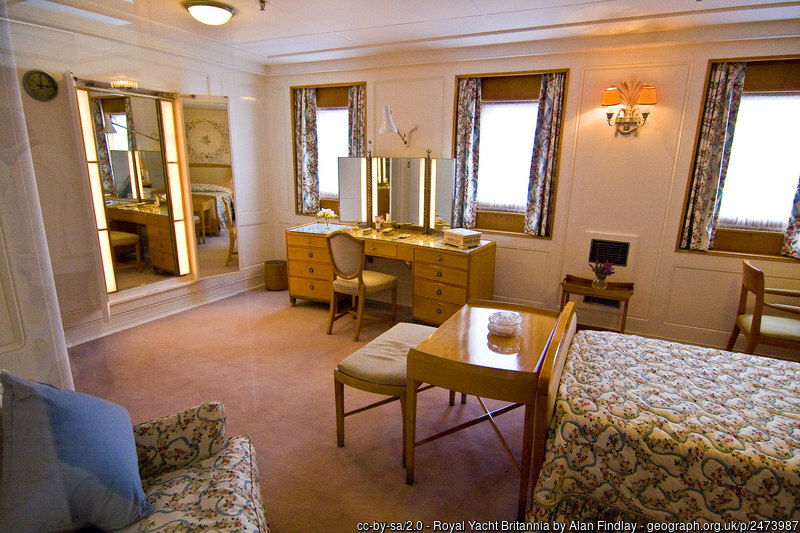
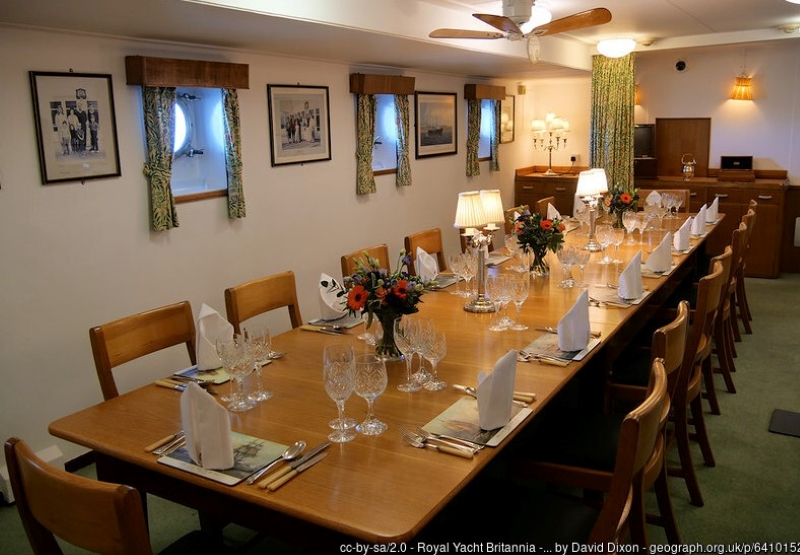 On your visit you will be able to explore the bridge, the state apartments, the crew’s quarters and the engine room. Highlights of the tour through the five decks include the sun lounge, the Queen’s bedroom, the state dining room and drawing rooms, the Royal Marines’ barracks and the sick bay.
On your visit you will be able to explore the bridge, the state apartments, the crew’s quarters and the engine room. Highlights of the tour through the five decks include the sun lounge, the Queen’s bedroom, the state dining room and drawing rooms, the Royal Marines’ barracks and the sick bay. 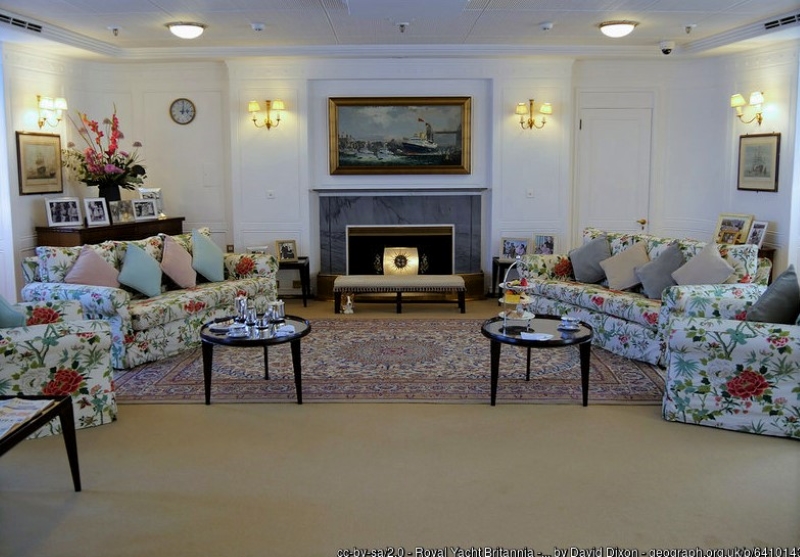 The majority of items on view are the originals (on loan from the Royal Collection and other contributors) including furniture, paintings and photographs from when Britannia was in royal service.
The majority of items on view are the originals (on loan from the Royal Collection and other contributors) including furniture, paintings and photographs from when Britannia was in royal service.